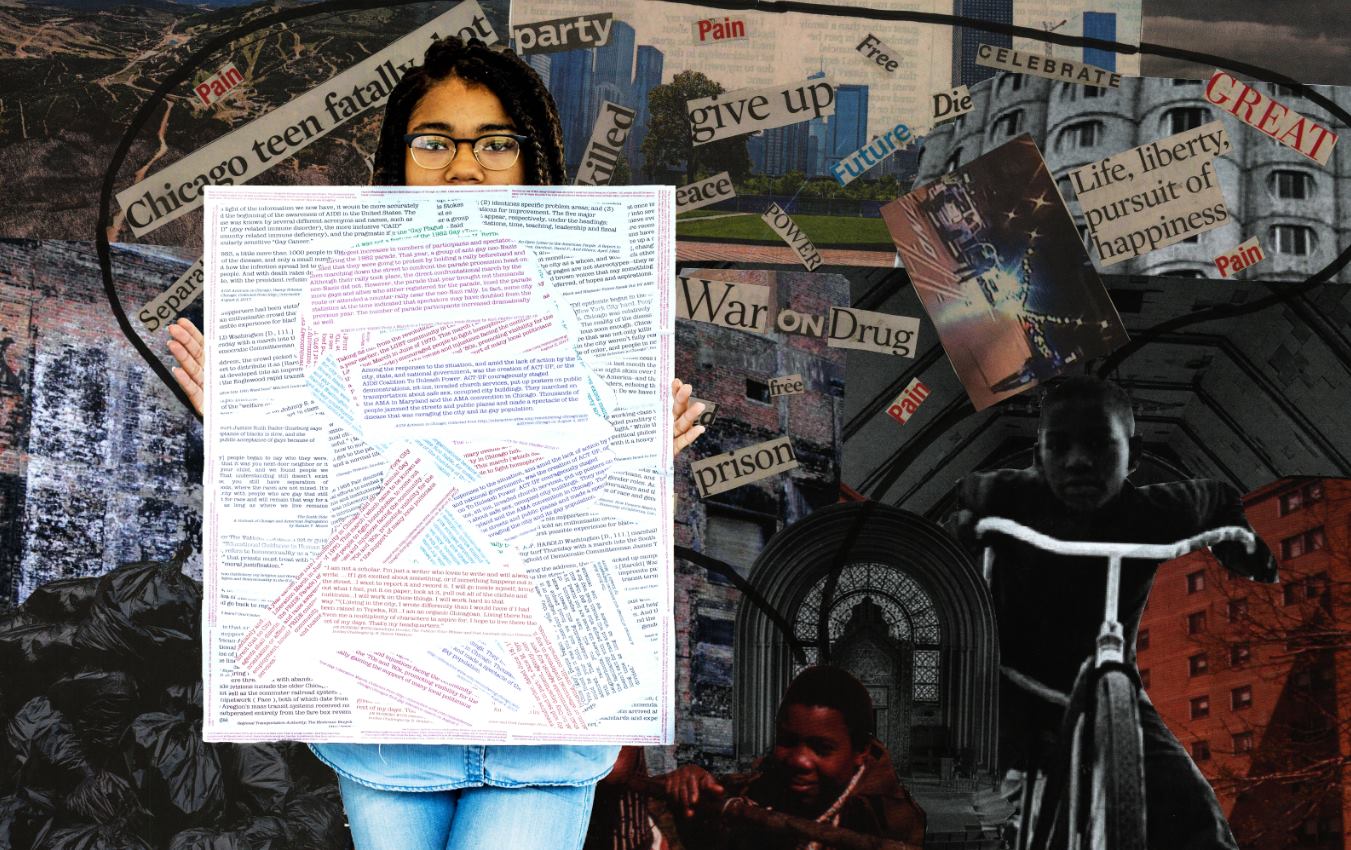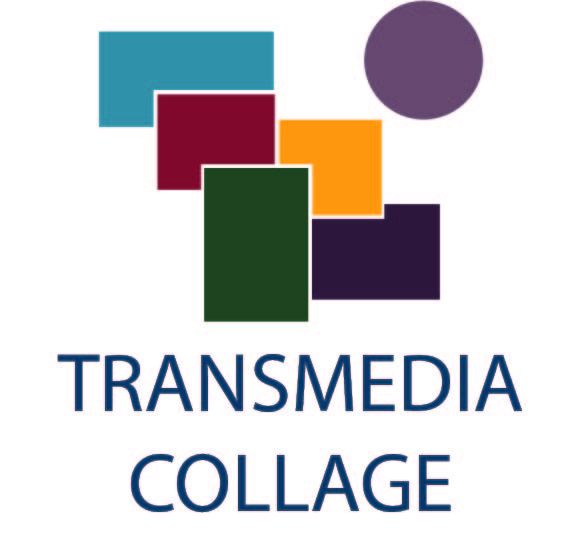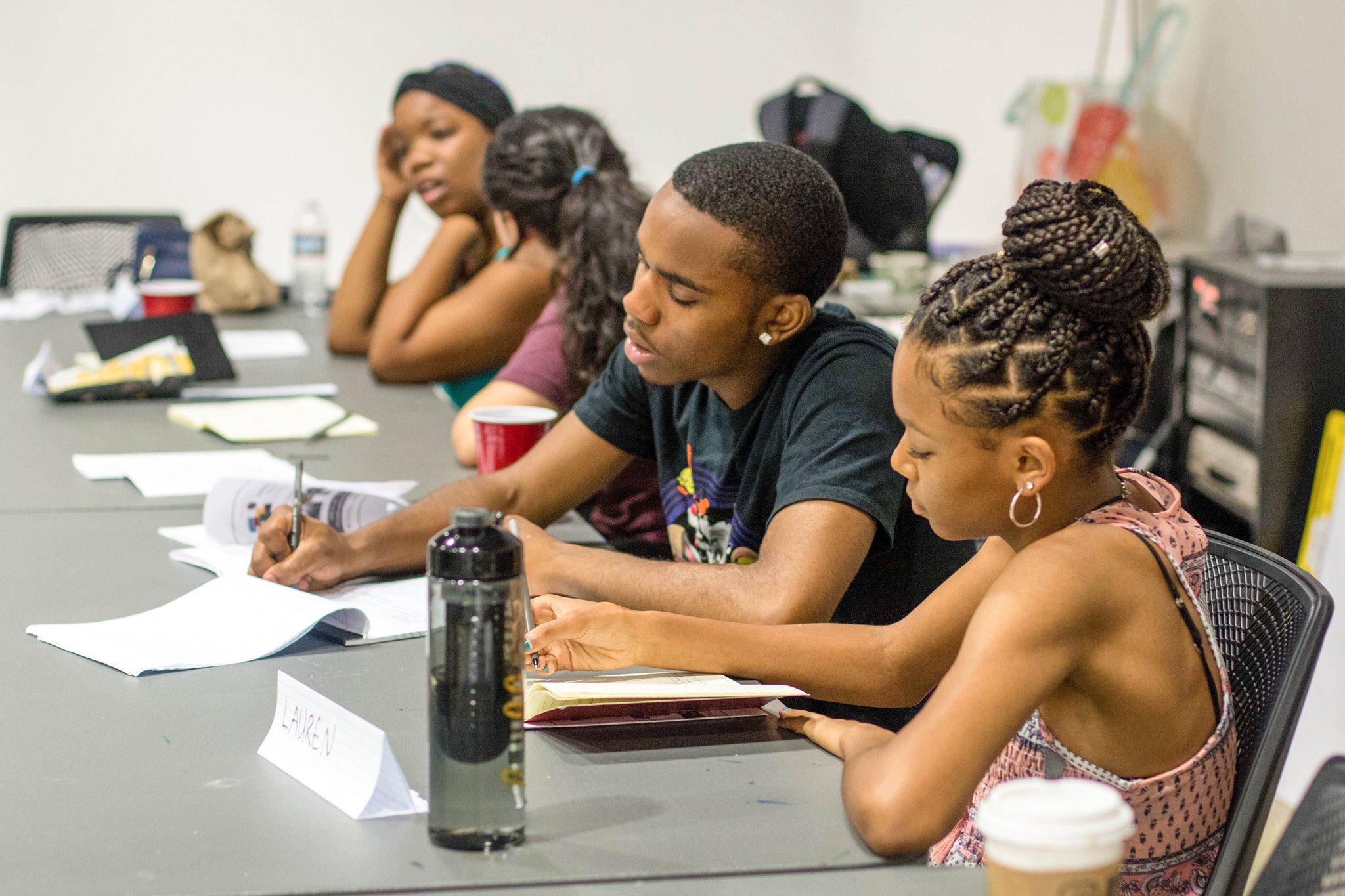Transmedia Collage
transmedia narrative
2017-2019
Created with: Transmedia Story Lab and History Moves
Collaborators: Jennifer Brier, Marquez Rhyne, Matthew Wizinsky, Melissa Gilliam, Gary Kafer, and Chelsea Ridley
Support: Humanities Without Walls Consortium, “The Work of the Humanities in a Changing Climate grant” (supported by the Andrew W. Mellon Foundation)
“Transmedia Collage: Histories of Violence and Futures of Health on Chicago’s South Side” is a project that addressed the health and well-being of African American and Latinx adolescents on Chicago’s South Side. Despite its vibrant history as a political and cultural center, this area is one of the most racially segregated and isolated communities in the country. Today, national and local media paint a picture of the area, and its youth, as dangerous and disorderly. This project contends that rather than focusing on interpersonal violence, attention should be focused on the area’s structural violence.
Transmedia Collage is a collaboration with the University of Chicago’s Transmedia Story Lab and History Moves at the University of Illinois at Chicago. Faculty, staff, graduate students in the humanities and sciences, and media makers have worked with young people from the South Side to gather oral histories of key South Side neighborhoods, including Englewood, Greater Grand Grossing, North Lawndale, Washington Park, and Woodlawn. Following the recording of historical interviews, participants used transmedia tools to create speculative narratives about possible futures of their neighborhoods.
In the summer of 2017, youth joined a workshop that addressed climates of structural violence via the method of critical making. The group of participating youth learned oral history methods from the historians at the University of Illinois at Chicago. They studied historical archives and interviewed participating elders about the neighborhoods of South Chicago. Working intergenerationally, they read and imagined new narratives about the South Side of Chicago. The young people created transmedia collages in text, sonic, and visual forms in order to reimagine the pasts of their neighborhoods. Formally, each collage explored how digital media and participatory maker culture can enable transmedia storytelling. At the level of content, this storytelling opened up ways to understand key concepts including urban space, digital publics, and the relationships between violence and health. Following the oral history portion of the program, youth participated in a one-day speculative design workshop that moved from an emphasis on the past to think about various possible futures.
In the summer of 2018, young people came together for an intensive three-week program to imagine possible futures for the South Side of Chicago. Youth studied Afrofuturist films and speculative media created primarily by creators of color. They also drew from the expertise of media scholars and makers at the University of Chicago. The shared works that they studied became the basis for imagining futures at the local scale of the South Side. Through a series of hands-on workshops, youth fabricated futuristic objects that sought to embody not only possible but also preferable futures. In the final week of the program, they created five short films that capture a near-future Chicago.
In 2019, this work was exhibited at South Side Speculations, a six-week show at the Arts Incubator. For more information, see coverage of the exhibition in Hyde Park Herald and Cook County Chronicle.
For a detailed overview of the first year of the project, see this multimedia essay in thresholds.
An overview of the "Transmedia Collage" project and grant appears in this original press release.


